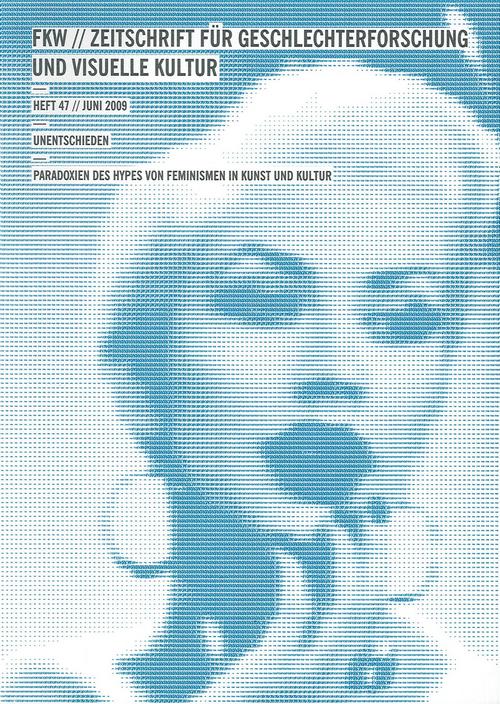"... Ich kann nicht anders ..." oder "Canon paradox": Zur biographischen und künstlerischen Neuaufstellung der Paula Modersohn-Becker
DOI:
https://doi.org/10.57871/fkw4720091142Abstract
Carola Muysers
“... Ich can’t do it any differently...” or the “Canon Paradox”: New Perspectives on Life and Work of Paula Modersohn-Becker
Paula Modersohn-Becker (1876-1907) is the most famous German woman artist. She left a huge oeuvre of paintings, drawings, etches, journals, and letters to her family, friends, and her husband, Otto Modersohn. Shortly after she has died, her biography and work became public. Her paintings found their way into famous collections, several retrospectives were devoted to her, selected diaries and letters were published in 1917, and the Paula Modersohn-Becker Museum opened its doors in Bremen in 1927. The Nazis declared her art to be “degenerate”, and after 1945 she was upheld as one of the artists who had represented modern and progressive German art at the beginning of the twentieth century. In 1998, a catalogue of the oeuvre was completed and published. Modersohn-Becker has been featured in all major exhibitions dedicated to women artists within the last thirty years. For this reason, she seems to occupy a solid position in the history of art and in art history.
At the same time, however, in the general and male-dominated “canon”, she, together with the other members of the art colony Worpswede (which included Otto Modersohn), was ascribed the stereotypical role of the creative, girlish, unprofessional woman artist and naive-sensitive diarist, who her predicted her own death and became a martyr, dying shortly after the birth of her first and only child. Modersohn-Becker fit perfectly into art history in that she did not affect the canon of modern and avant-garde art at all. But since the centenary of her death, everything has changed. Huge exhibitions, lectures, and a symposium have shown a “new” Paula Modersohn-Becker.
This essay outlines the shift in the interpretation of her biography and work. Beyond her special role in European and French avant-garde art, it focuses on her artistic and biographical path, reinterpreted by different writers and historians, especially Barbara Beuys and Renate Berger. Now Modersohn-Becker is clearly seen as a female avant-garde artist as well as part of an artistic couple. The couple’s problems, including sexual ones, shaped her artistic development. They led her to leave Otto for Paris, where she tried to live her own life and where she reached the pinnacle of her creativity. Her biographical and artistic position can be understand as a polyphonic piece of music – the “other” meaning of “canon” – which opposed its general meaning as a single bar or leveling board.
Downloads
Veröffentlicht
Ausgabe
Rubrik
Lizenz
Die Autor_innen behalten das Copyright und treten keine exklusiven Nutzungsrechte an FKW ab.
Ab 2017 erscheinen alle Texte von FKW // Zeitschrift für Geschlechterforschung und visuelle Kultur unter der LizenzCC-BY-NC-ND Lizenz 4.0 International (Creative Commons, Namensnennung, Nicht Kommerziell, Keine Bearbeitung 4.0 International). Der Lizenzvertrag ist abrufbar unter: https://creativecommons.org/licenses/by-nc-nd/4.0/legalcode.de, eine allgemein verständliche Fassung unter: https://creativecommons.org/licenses/by-nc-nd/4.0/deed.de
Von 2013 bis 2016 sind alle Texte von FKW // Zeitschrift für Geschlechterforschung und visuelle Kultur unter der Digital Peer Publishing Lizenz (DPPL) erschienen. Der Lizenztext ist im Internet abrufbar unter der Adresse: http://nbn-resolving.de/urn:nbn:de:0009-dppl-v2-de3
Die Abbildungen in Ihrem Beitrag
Die Autor_innen verpflichten sich, die Abdruckgenehmigung für die in ihren Texten verwendeten Bilder bei der jeweiligen, die Bildrechte verwaltenden Institution einzuholen und die zuständige Herausgeberin über das Ergebnis zu informieren. Wir weisen darauf hin, dass die Verwendung von Bildern in wissenschaftlichen Texten gewöhnlich als Zitat angesehen und entsprechend kostenfrei gewährt wird.





